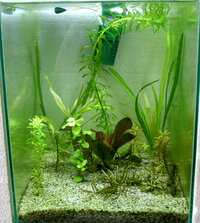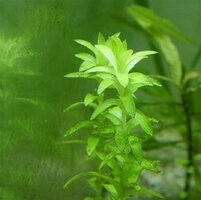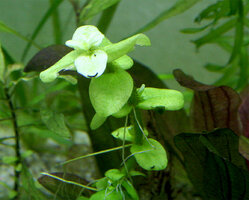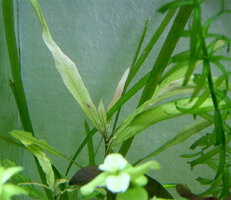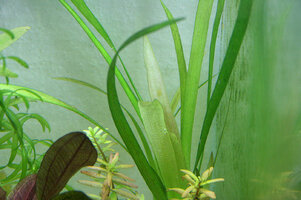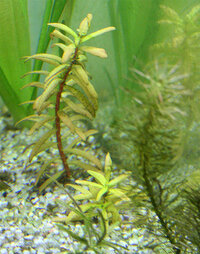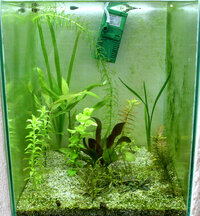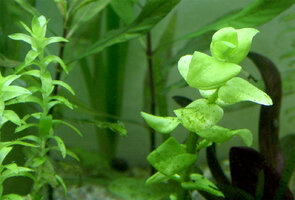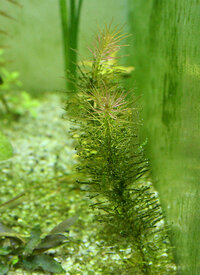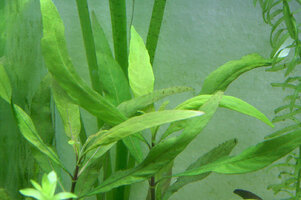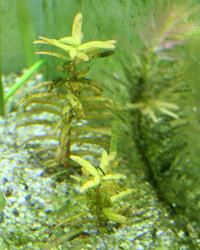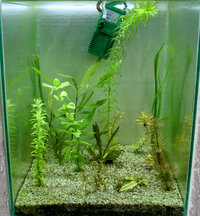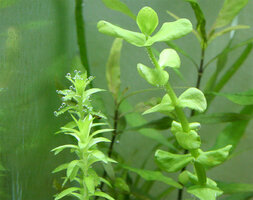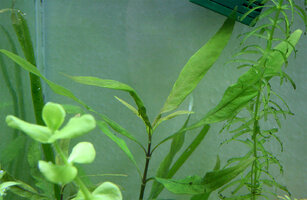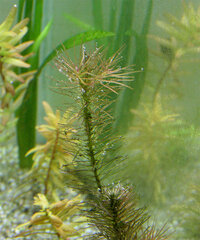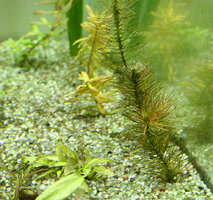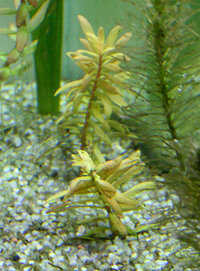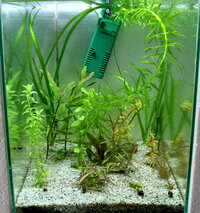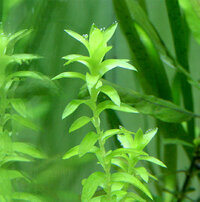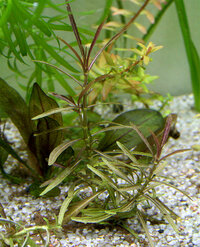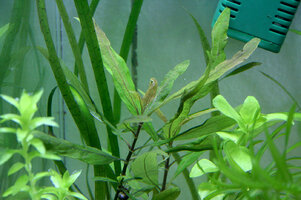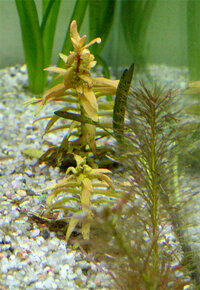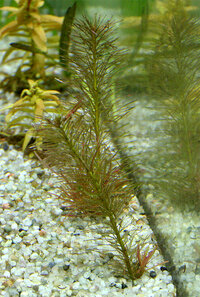One issue I have with A. Pedicatella is that sometimes stunting is just bad luck, in the sense that you have 4 stems next to each other, 3 are fine and 1 stunts even though they supposedly have access to the same level of nutrients in the water column. So the question is whether :Of course, way, way too early and premature to comment, so here goes........ I like where D is going overall... I am not too worried about the stunted Rotala's and Ammannia in the lean tanks (C and D) at this early stage.
Cheers,
Michael
(1) you still continue with the stunted A.P. , hoping that it sprout fresh sideshoots (i.e. the plant when stunted has never 'revived' for me, instead new sideshoots pop out which are trimmed and replanted once big enough). OR
(2) pop in an additional fresh stem of A. Pedicatella for reference as it may suddenly not stunt even though the first stem did.
Finally, which stem is the A.Pedicatella in the photos? I don't see any stem with a distinctive yellow colouration - or is the A. Pedicatella not the 'golden' but some green variant?


